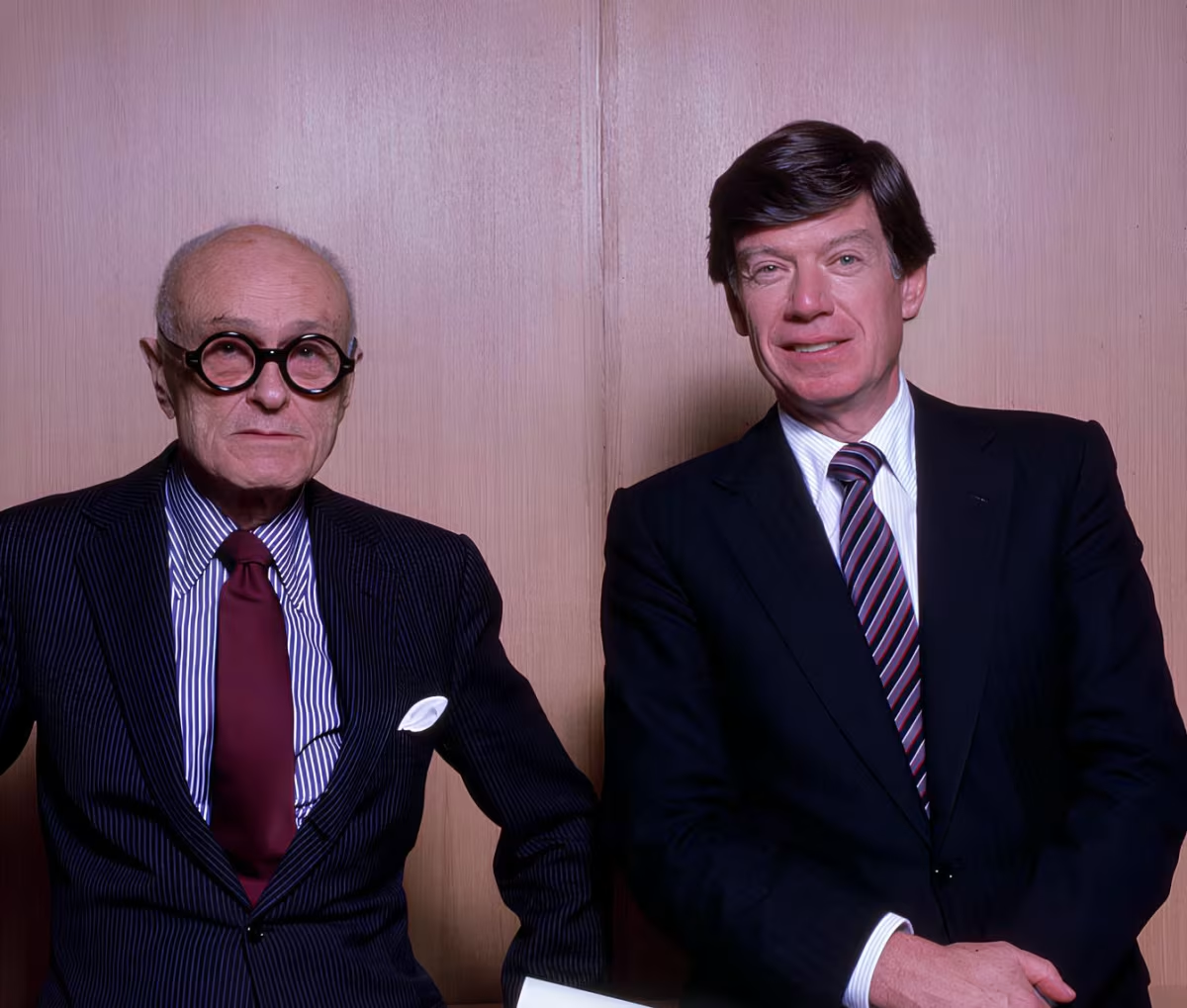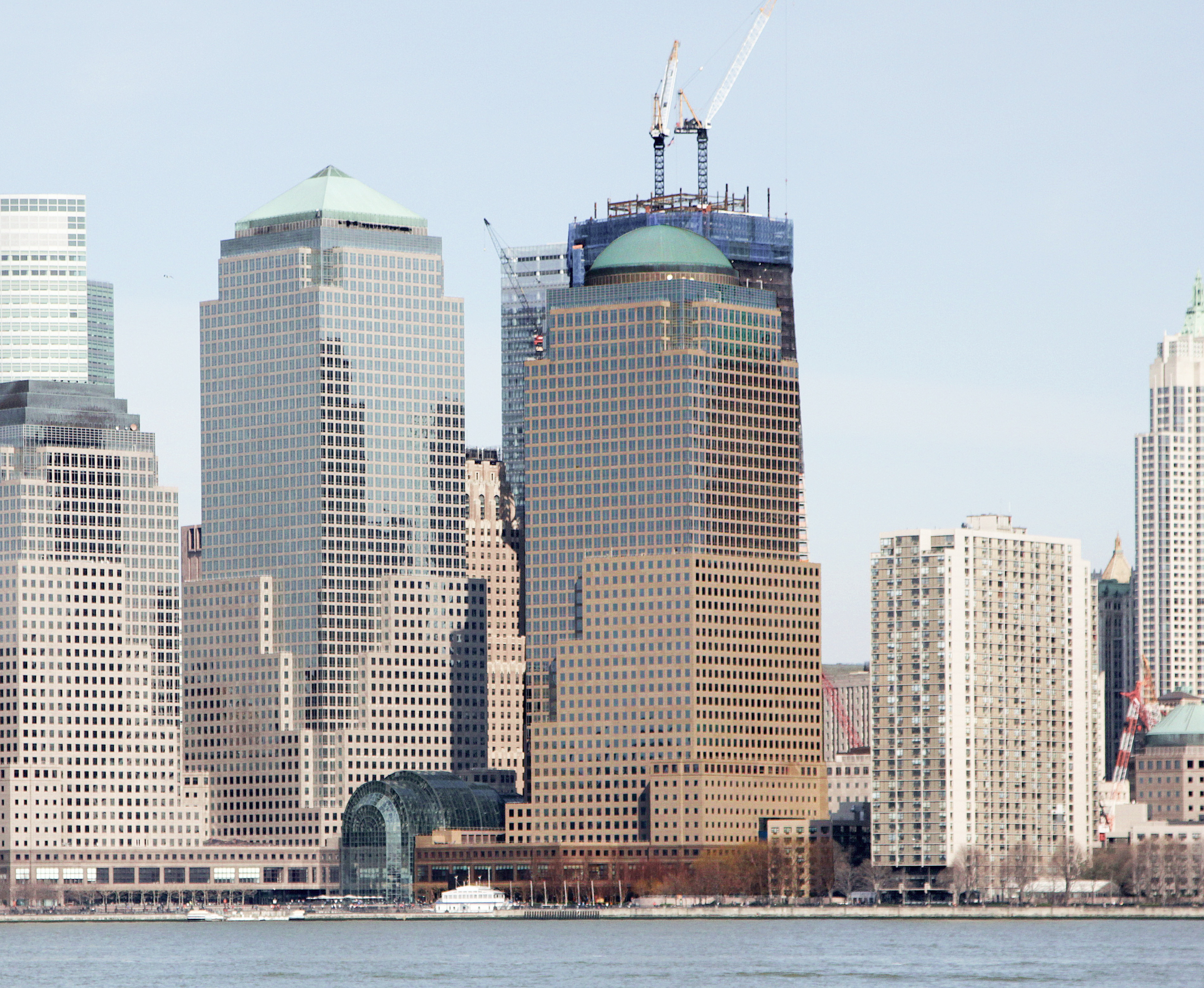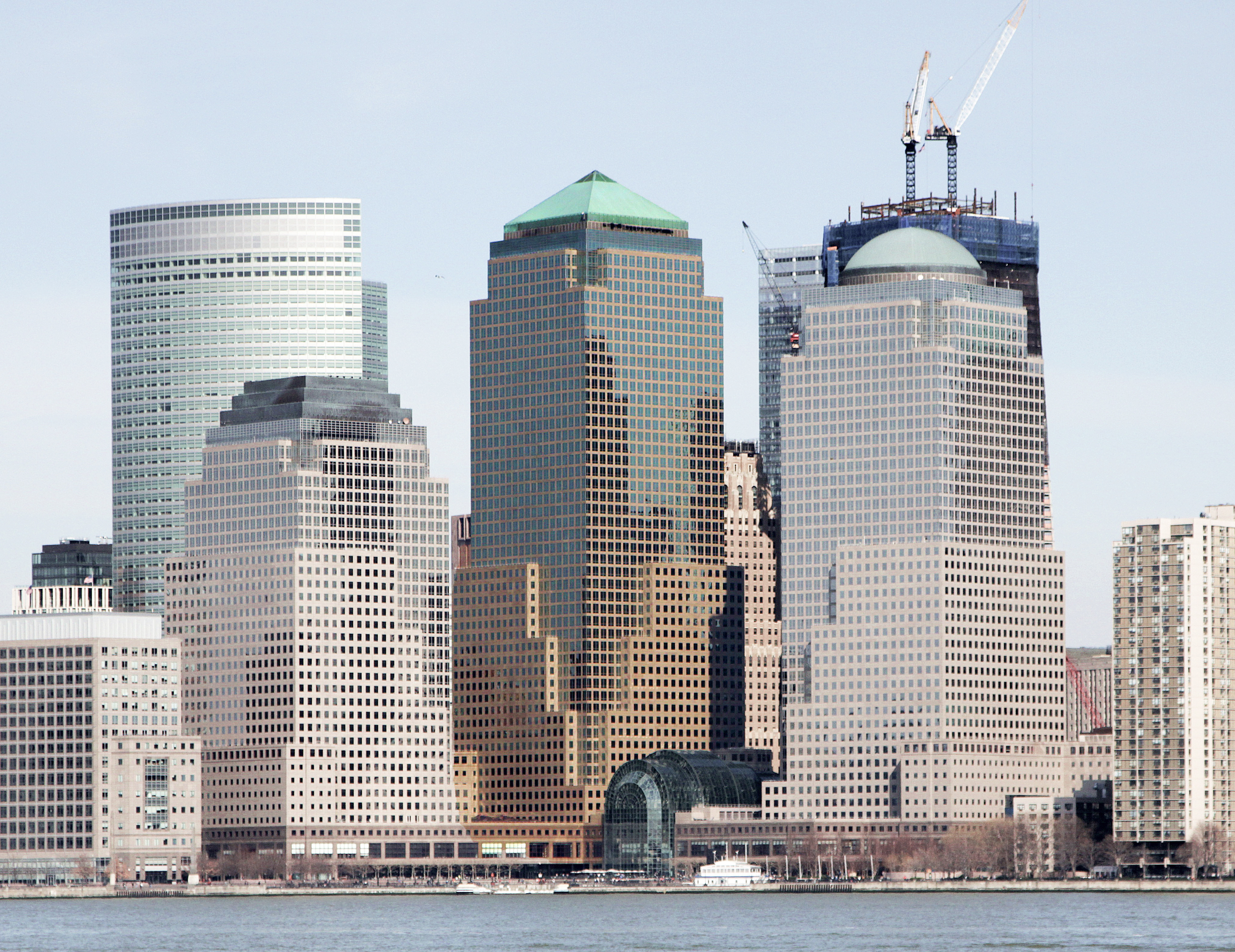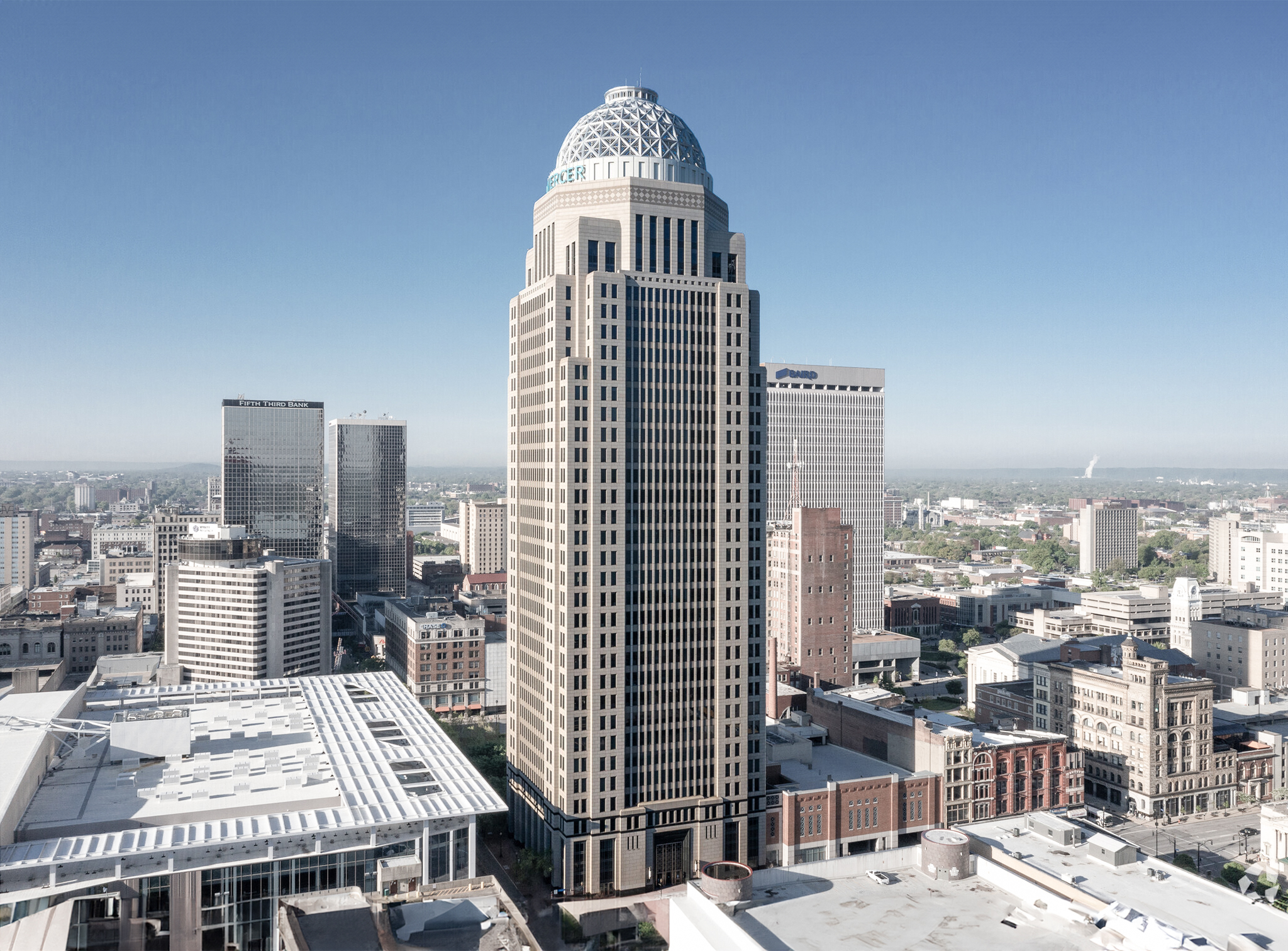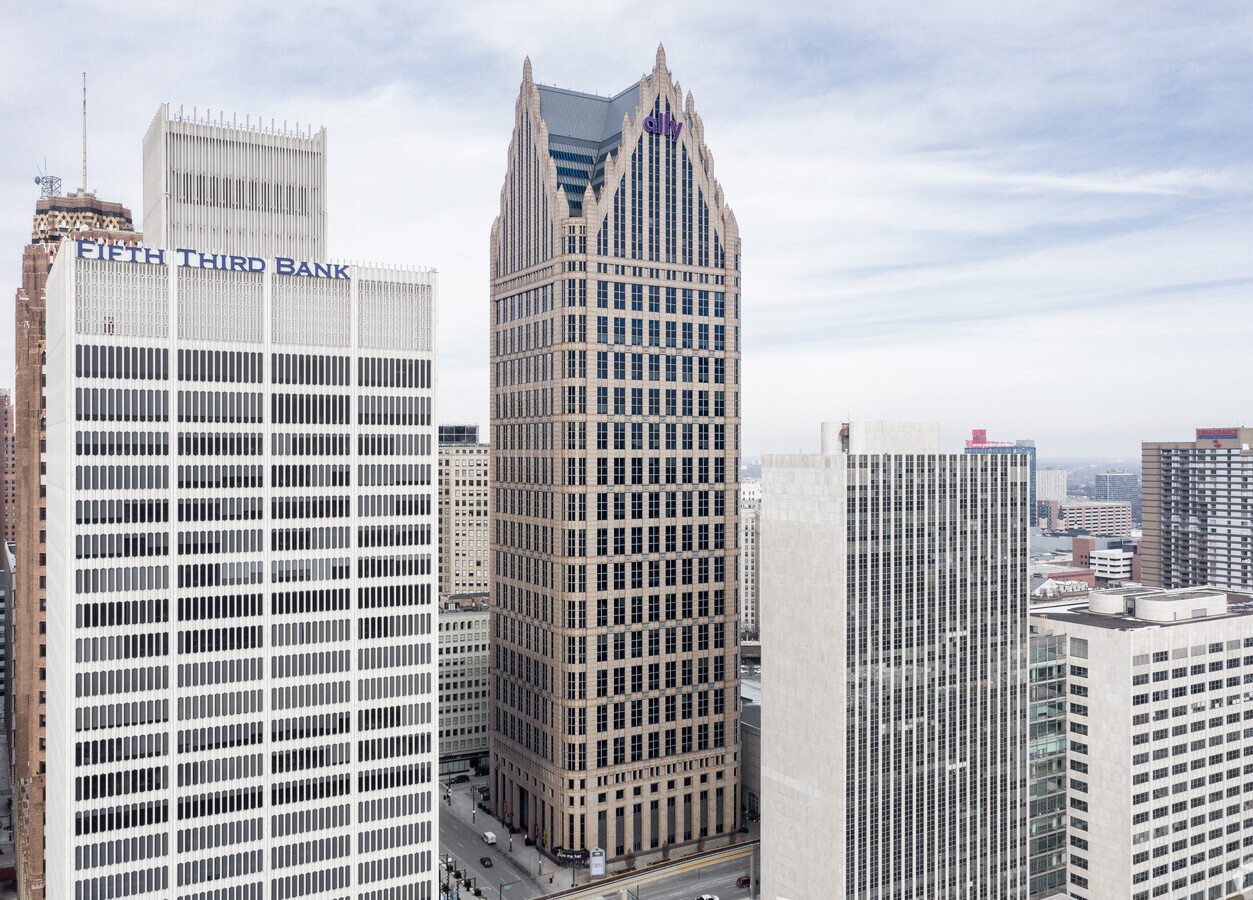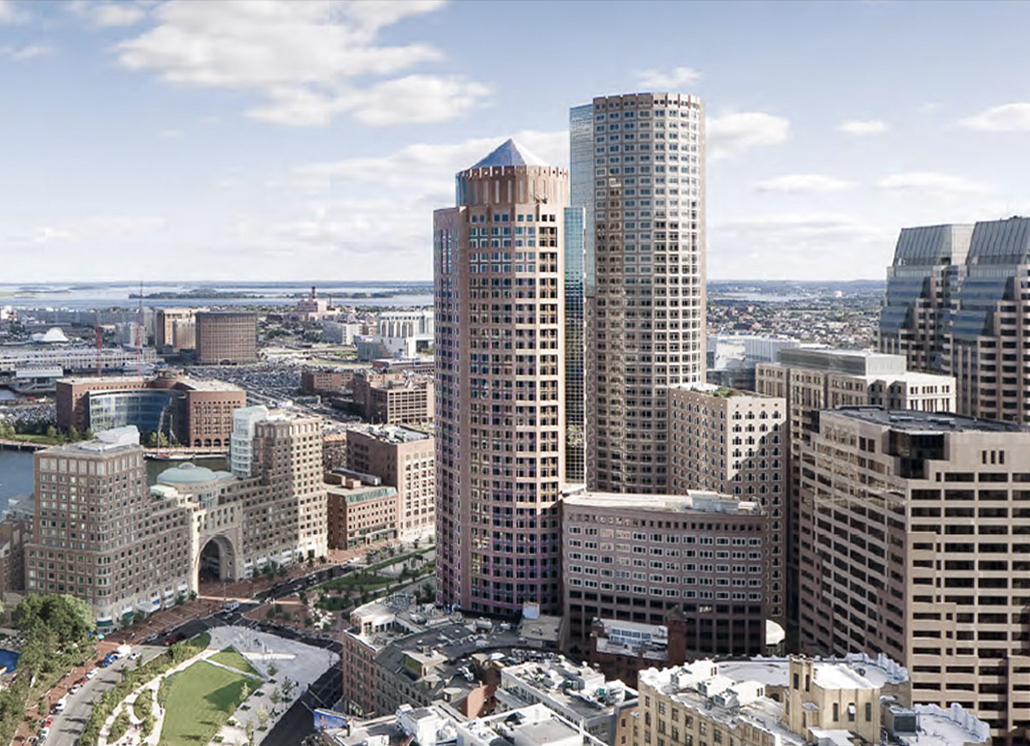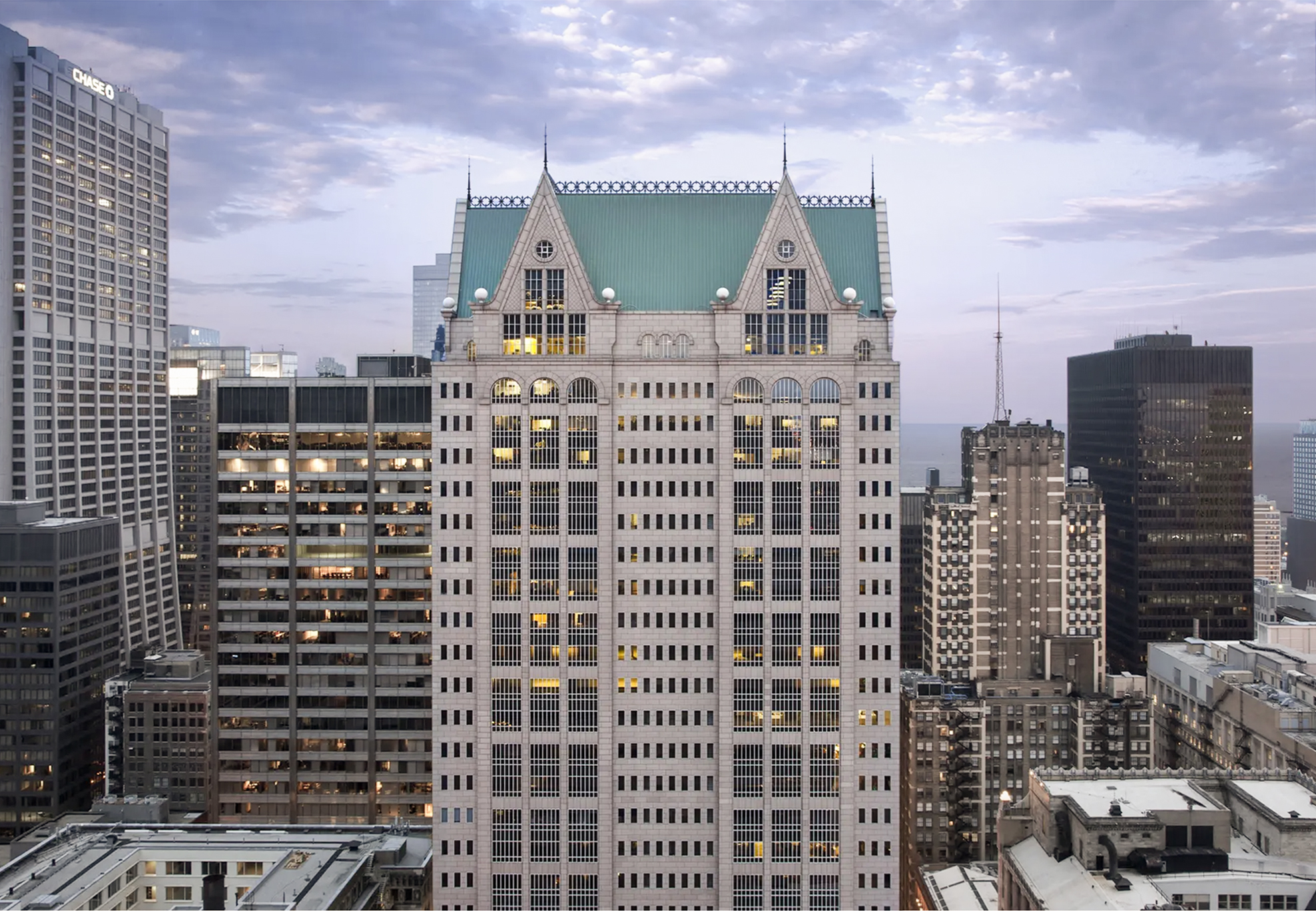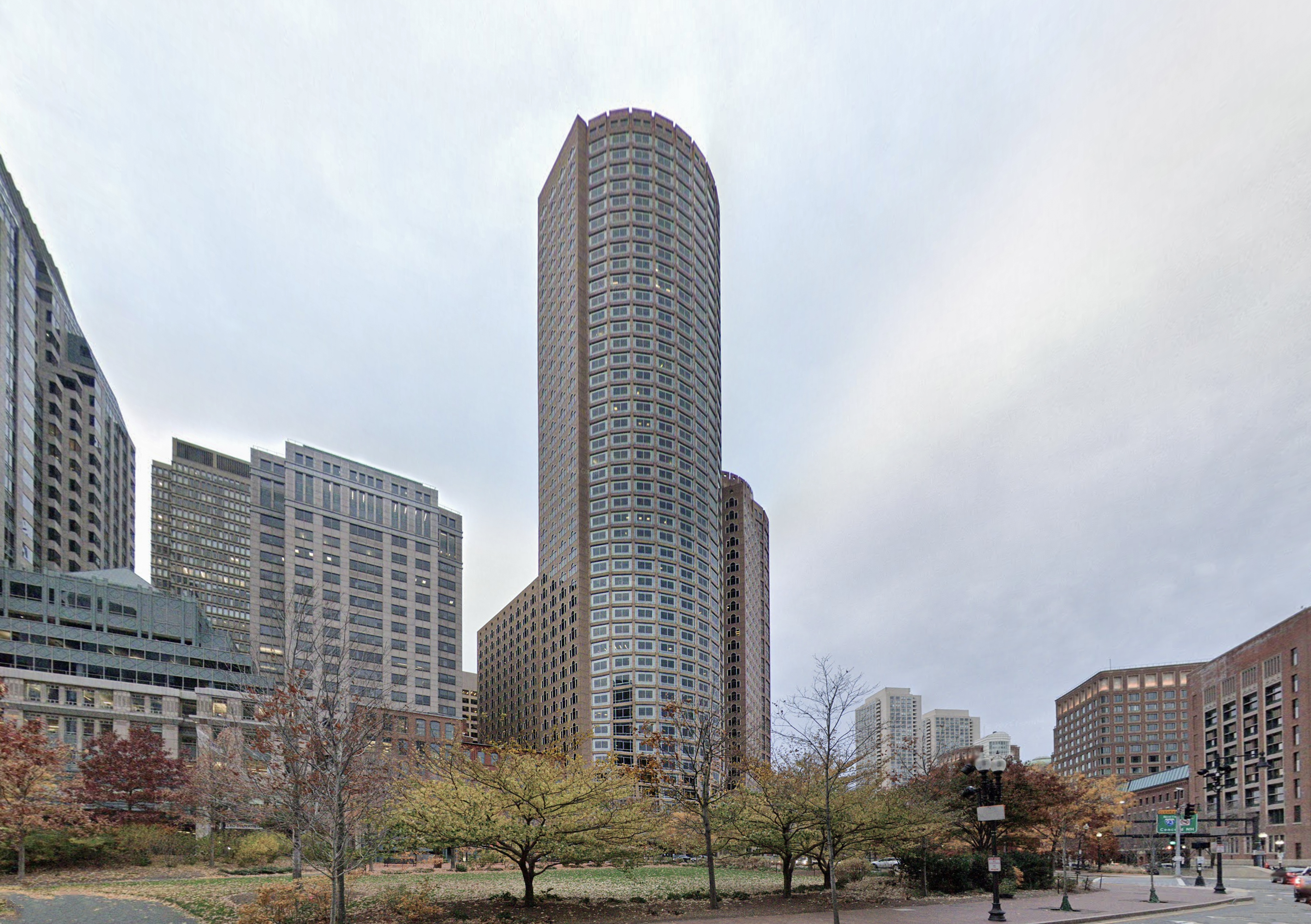The Lipstick Building is a Postmodernist skyscraper designed between 1981 and 1983 by Johnson/Burgee Architects, and built between 1983 and 1986 in New York, NY.
Lipstick Building is not the only name you might know this building by though. The building is, or has also been known as 53rd at Third.
Its precise street address is 885 Third Avenue, New York, NY. You can also find it on the map here.
The building underwent a major restoration in 2024. The architect commissioned to undertake this restoration was MdeAS Architects.

